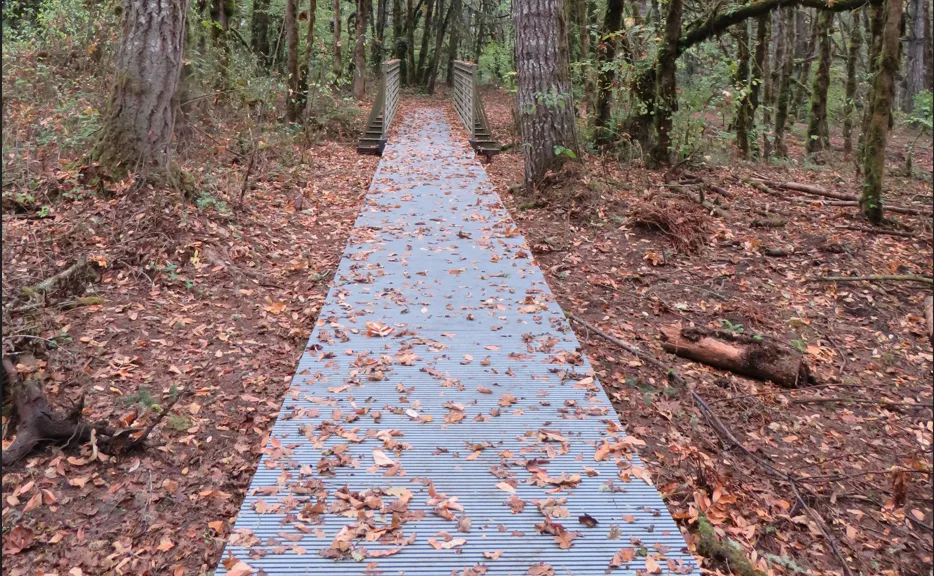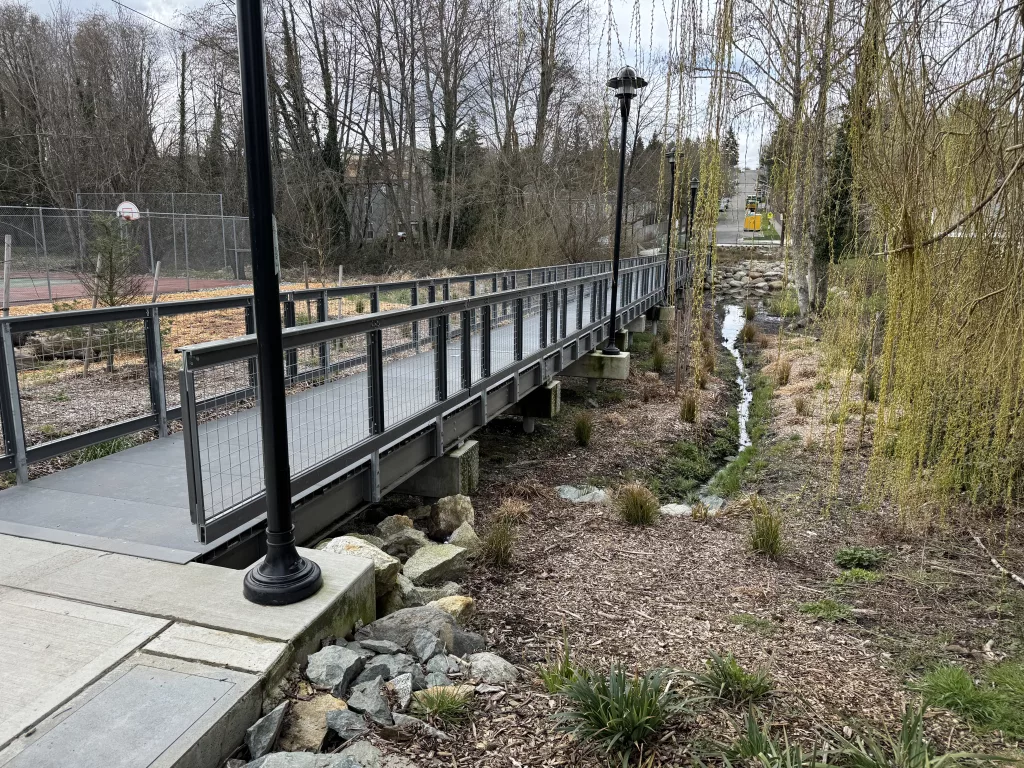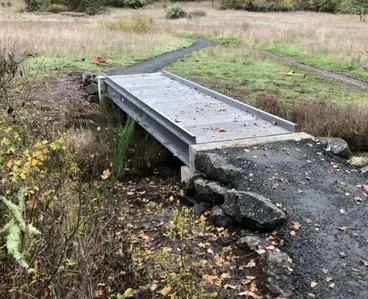As development expands, the need for long-lasting infrastructure becomes increasingly urgent. In environments—where saltwater, flooding, and shifting ground conditions present constant challenges—FRP boardwalks (Fiber Reinforced Polymer boardwalks) are proving to be a highly effective solution. Their combination of durability, flexibility, and environmental friendliness makes them ideal for both urban and natural aquatic settings.
Corrosion Resistance in the Harshest Conditions
Marine environments are notoriously harsh. Steel corrodes, and wood breaks down under constant exposure to salt, moisture, and temperature fluctuations. FRP Boardwalks, on the other hand, resist rust, rot, and chemical degradation. Their structural integrity remains intact even in extreme coastal conditions—from tidal estuaries to oceanfront walkways.

Minimal Maintenance
Maintaining infrastructure in remote or environmentally sensitive areas can be costly and logistically challenging. FRP Boardwalks eliminate the need for painting, staining, or anti-corrosion treatments. They require significantly less maintenance than wood or steel, resulting in lower life-cycle costs and fewer site visits—important benefits in protected wildlife and coastal zones.
Low Impact
FRP’s high strength-to-weight ratio allows for easier transport and installation. Sections can often be carried by hand and installed with minimal machinery, reducing disturbance, protecting vegetation, and shortening timelines. This is especially beneficial in marshes, dunes, and coastal preserves where access is limited and ecological sensitivity is high.
Its strength also enables longer unsupported spans than many conventional materials, reducing the number of footings or pilings needed. This not only simplifies installation but also once again minimizes disruption to sensitive areas.
Additionally, FRP is non-toxic and free from leaching preservatives or chemicals, making it safer for water quality, aquatic life, and surrounding ecosystems compared to other materials. If you want to learn more about the environmental impact of FRP Boardwalks in critical areas, see the Longfellow Bridge Project in Seattle, Washington.

Longfellow Bridge Seattle Washington – Arete Structures
Built for Water
Unlike solid decking systems, FRP can be fabricated with open-grate designs that allow water to pass through. This reduces the risk of pooling and surface degradation while supporting natural drainage beneath the structure. These features are essential in flood-prone areas, where elevated walkways must remain safe and functional during storm surges and seasonal high water.
Safety First
Public safety is a top priority—especially in damp or algae-prone coastal environments. FRP decking can be fabricated with anti-slip textures that retain grip in extremely wet conditions. This enhances safety for pedestrians, cyclists, and maintenance crews alike.
In Action
In 2021, Arete Structures both designed and manufactured a fiber-reinforced polymer (FRP) boardwalk in Eugene, Oregon. FRP was selected to meet the project’s structural, environmental, and logistical requirements, demonstrating its effectiveness in the region’s wet climate.

As communities strive to future-proof infrastructure against increased flooding and ongoing coastal challenges, materials like FRP provide a forward-thinking solution. With outstanding durability, minimal maintenance needs, and a smaller environmental footprint, FRP boardwalks are more than a smart investment—they represent the future of coastal and marine infrastructure.

